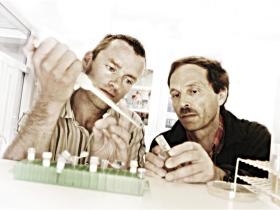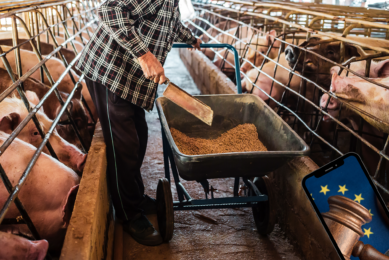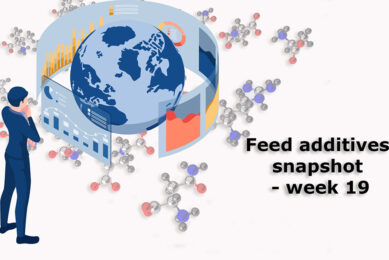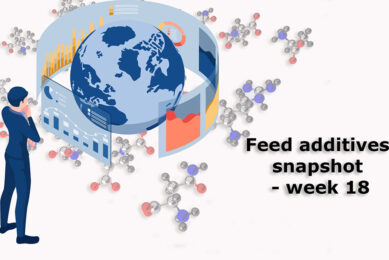Norwegian granted for improving lysine production process

Trygve Brautaset, researcher at SINTEF has been awarded €1.34 million (NOK 11m) for a three-year international project that aims to develop an improved production process for lysine.
In the course of several decades, commercial companies in the US and Japan have developed sugar-based technology for producing lysine, but sugar has become a scarce and therefore expensive input factor, and this is no longer regarded as a good solution.
Huge market
Lysine consumption is now nearly 700,000 tonnes, more than Norway’s current salmon production weighs, and the world market is worth in excess of €1.22 billion.
Organisms nearing the bottom of the food chain can produce their own lysine, but higher animals such as pigs and chickens, not to mention human beings, lack this ability, and need to have it supplied as a component of their food.
Price is another important factor
The price of lysine has long been determined by the price of soy and sugar. Soy protein contains a relatively large proportion of this important amino acid, and farmers therefore may use soy meal as a lysine source.
The price of sugar also plays a certain role, because it is sugar that is currently used to nourish the bacteria that produce lysine.
The price of lysine is currently around NOK 15 (€1.83) per kilo, and lysine producers are forever seeking for cheaper raw materials.
Methanol instead of sugar
Trygve Brautaset (left on picture, with colleague Trond Ellingsen) is an expert on metabolic engineering, the art of persuading bacteria to produce something that we want by “tweaking” their genetic characteristics.
Much of this knowledge has been developed in SINTEF / NTNU with financial support provided by the Research Council of Norway.
Brautaset and his colleagues thought that it might be a good idea to use methanol instead of sugar as the raw material, since Norway has been blessed with ample supplies of natural gas, and methanol is a cheap alternative source of carbon on which bacteria grow rapidly.
During studies in the US Brautaset found that the genes that control a bacterium’s ability to grow on methanol were located in the so-called minichromosomes, the 15 similar chromosomes that are about 200 times smaller than the main chromosome.
Together with his colleague Øyvind Meidell Jakobsen, he identified five new bacterial genes that controlled growth on methanol. They also found two new genes on the main chromosome for growth on the same substrate.
The potential for improving the ability of bacteria to eat and metabolise methanol into lysine was greatly improved. The SINTEF scientists were no longer dependent on their US colleagues’ techniques, since they had developed their own tools and methods.
Three-year project
The result to date is that Trygve Brautaset has won international funding to continue this project, to which the Research Council of Norway has also contributed €366,000 (NOK 3m).
In the course of the next three years, the scientists expect to find out whether they can manipulate bacterial metabolism as they hope to do. The new bacteria, specially designed and built to use methanol as its source of energy, will be used in the project.










